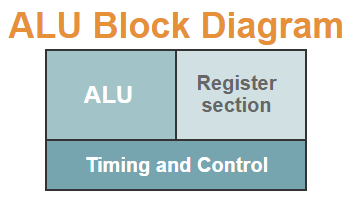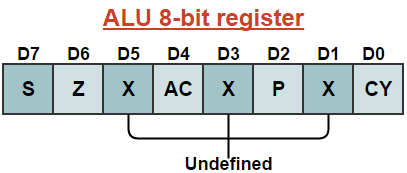Arithmetic Logic Unit Assignment Help
Arithmetic Logic Unit (ALU): Definition, Design & Function
ALU Definition
ALU stands for arithmetic logic unit is one of the essential part of CPU. The primary function of the ALU is to perform computation on operands, computation kind of arithmetic and logic operation that are going to perform on operands in computer instruction words. There are some processor where ALU doesn’t perform task as a single unit rather divided into parts and perform the function individually and once the information has been processed by the ALU, it sends to the computer’s memory . In other words we can say it as a complex digital circuit which perform both bitwise and mathematical operations on binary numbers and a last component of CPU that perform calculation in the processor. Basically this unit use operands and code that tells it which operation to perform for input data.
ALU Design

Accumulator
Accumulator is a part of ALU which is a 8-bit register. Mainly this register is used to store 8-bit data and performing arithmetic and logic operation on it. The result of operation stored in accumulator.
Flags: Flags are programmable that are used to store and transfer the data from the registers by using instructions. ALU use flip-flops that are used in two states either set and reset which is according to data condition in accumulator and other registers.

Arithmetic Logic Unit Assignment Help By Online Tutoring and Guided Sessions at AssignmentHelp.Net
Register Section
Register section we can say it’s a storage device of ALU which also transfer data from registers by using instructions. Register section contain some of the components that perform different functions.
Time and Control Section
Purpose of this unit is to synchronize microprocessor operations as per the clock pulse and to generate the control signals that are necessary for smooth communication between microprocessors and peripherals devices. The synchronizing pulses on data bus RD and WR bar indicates that data is available or not. The purpose of control unit is to control of data between microprocessors and peripheral devices.
ALU Functions
This unit perform some of the responsible functions of all logical and arithmetic operations. Arithmetic operations are simple addition, subtraction, multiplication and division and logical operations are comparison between numbers, letters or special characters. This is also responsible for some of the following conditions that are equal-to condition, less-Than condition and greater than condition.


